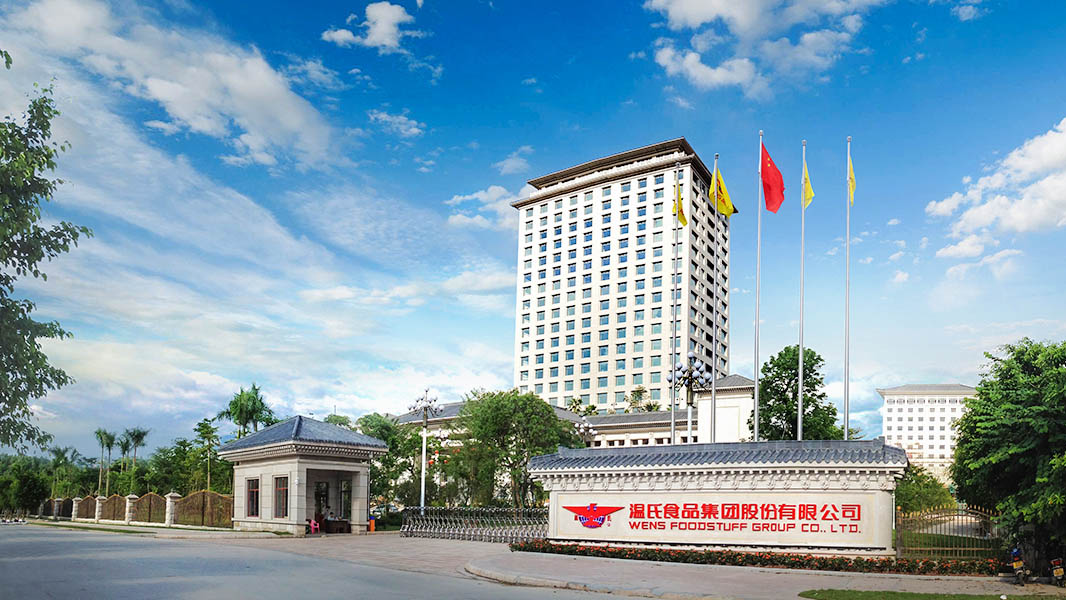Wens reported H1 2025 results with net profit up 159.12% year on year, driven by strong hog performance and tighter cost control. The pig unit earned about CNY 5.10 billion, while broilers lost about CNY 1.20 billion, and waterfowl lost about CNY 0.20 billion. Sales reached 16.6166 million meat pigs (+15.6%) and 598 million broilers (+9.16%), with total revenue up 5.91% to CNY 49.852 billion. All-in pig cost fell to CNY 12.40/kg (CNY 12.20/kg in July), while broiler cost averaged CNY 11.20/kg, edging to ~CNY 11.40/kg by late June–July. Management cited disease control, higher market-ready rates, reduced losses, breeding gains beyond pre-ASF levels, and feed-formula optimization; broiler prices rebounded from August, pointing to H2 improvement.
Wens broke out its first-half results on an investor call on August 27, 2025, putting numbers on a diverging picture. Within roughly CNY 3.50 billion in net profit (USD 487.46 million), the pig unit earned about CNY 5.10 billion (USD 710.31 million), while the broiler business lost about CNY 1.20 billion (USD 167.13 million, including roughly CNY 0.50 billion in inventory write-downs; USD 69.61 million). The waterfowl segment posted a loss of about CNY 0.20 billion (USD 27.85 million).
“Pig earnings far exceeded expectations. Poultry faced headwinds, yet overall performance remains among the industry’s best and lays a solid foundation for long-term development,” the company said on the call.

Volumes up, revenue higher, net profit up sharply
In H1, Wens sold 16.6166 million meat pigs (including live hogs and fresh products), up 15.6% year on year. Broiler sales reached 598 million birds (including live birds, fresh, and cooked products), up 9.16%. Total revenue rose 5.91% to CNY 49.852 billion (USD 6.95 billion), and net profit attributable to shareholders jumped 159.12% year on year.
Costs: pigs down sharply, broilers stable to slightly higher
Wens highlighted steady progress on cost control in pigs. The all-in cost of finishing pigs in H1 fell to CNY 12.40 per kg (USD 1.73 per kg), down about CNY 2.40 per kg (USD 0.33 per kg) year on year. The company attributed roughly 40% of the reduction to market factors (e.g., raw material prices), and about 60% to non-market factors (e.g., better production results). Despite higher piglet and feed costs in July, the monthly all-in pig cost still held at CNY 12.20 per kg (USD 1.70 per kg).

Broiler costs were “down, then steady.” The full cost at broiler market-weight averaged CNY 11.20 per kg (USD 1.56 per kg) in H1, a year-on-year decrease of CNY 1.20 per kg (USD 0.17 per kg). With feed prices filtering through, late-June to July costs edged up to around CNY 11.40 per kg (USD 1.59 per kg). Management added that since August, broiler prices have rebounded quickly and the broiler segment has returned to profitability, improving the outlook for the second half.

Why pig costs improved
Wens pointed to a stable production environment and stronger on-farm performance as the core reasons behind the sharper drop in pig costs: disease control held up well, the market-ready rate improved, and non-productive losses fell materially. At the same time, sustained investment in breeding paid off. The company said the breeding herd’s health status and reproductive performance now exceed pre–African swine fever (ASF) levels, effectively reducing piglet costs. In nutrition, Wens continued to benchmark ingredient prices against nutrient density and optimise feed formulas, balancing biological performance and economic returns.
AgriPost.CN – Your Second Brain in China’s Agri-food Industry, Empowering Global Collaborations in the Animal Protein Sector.



